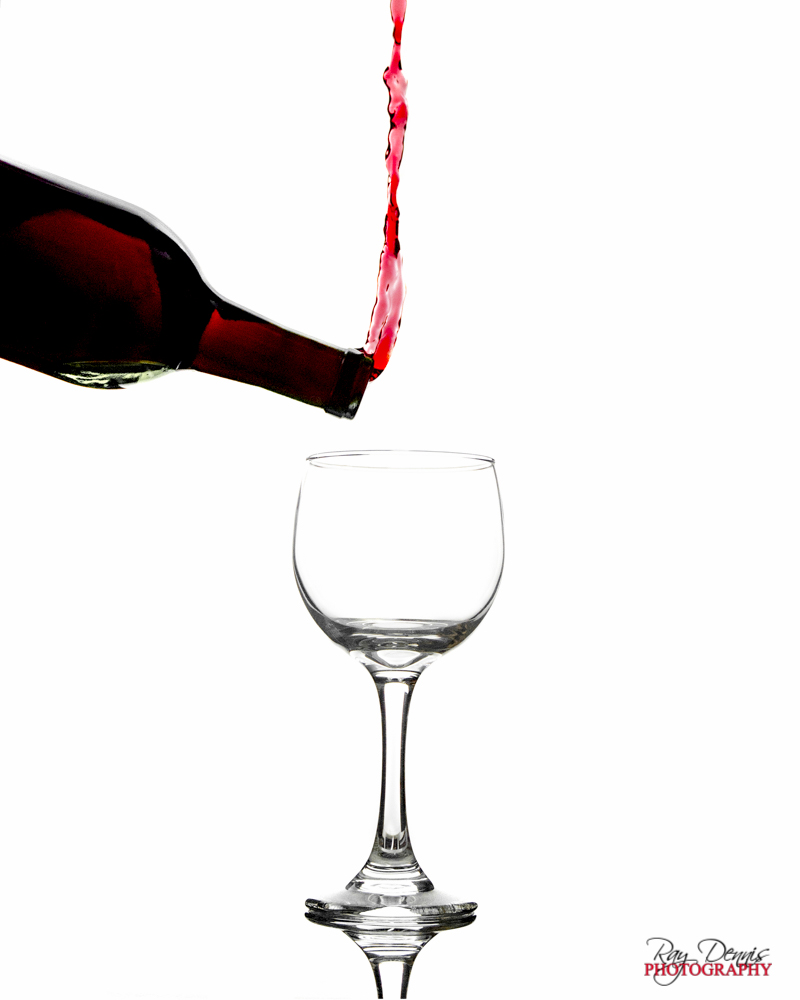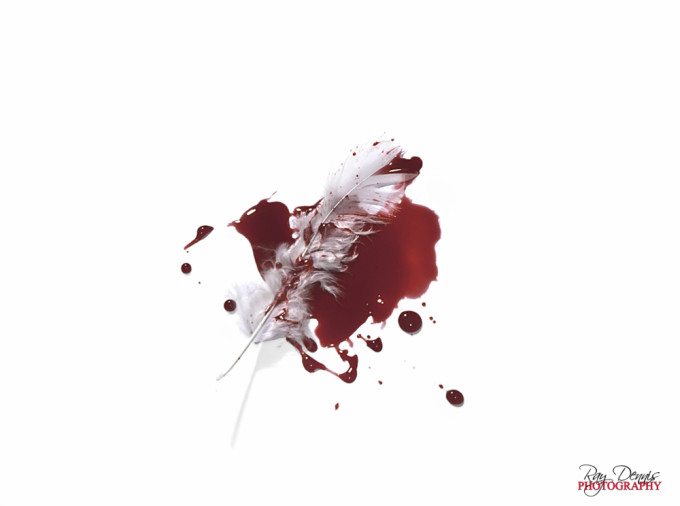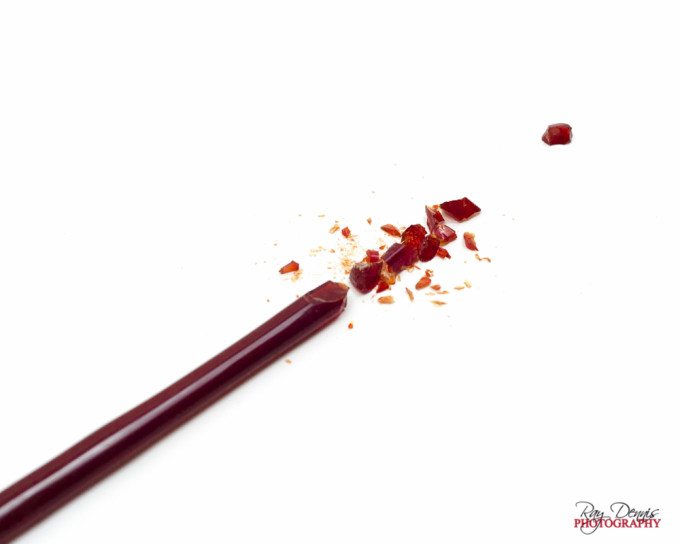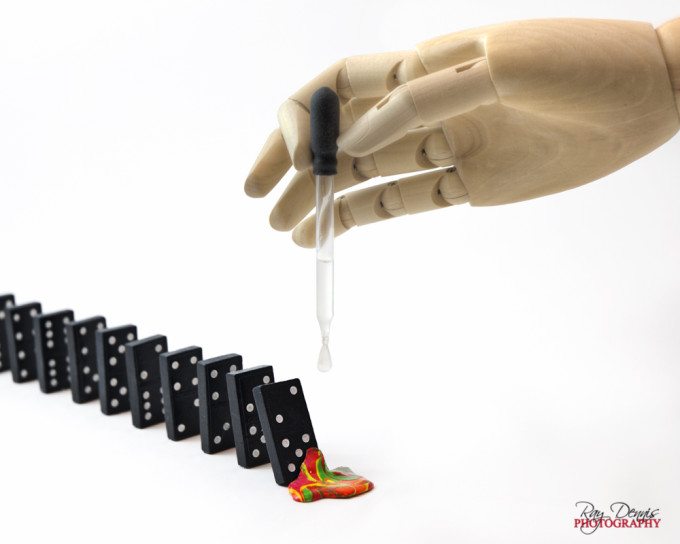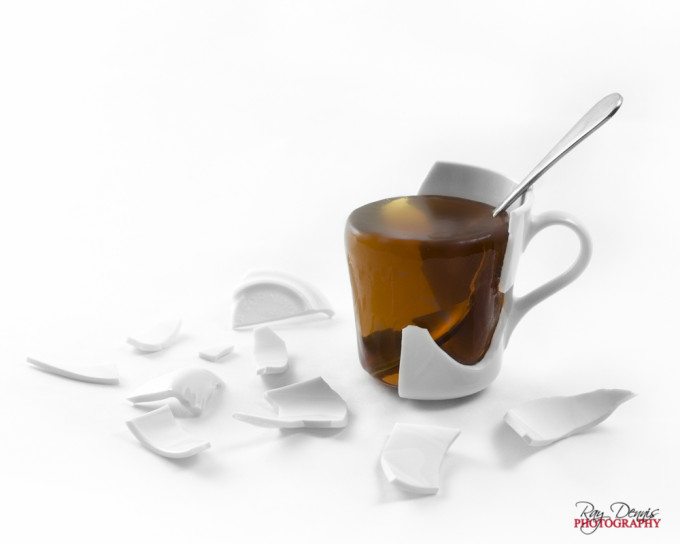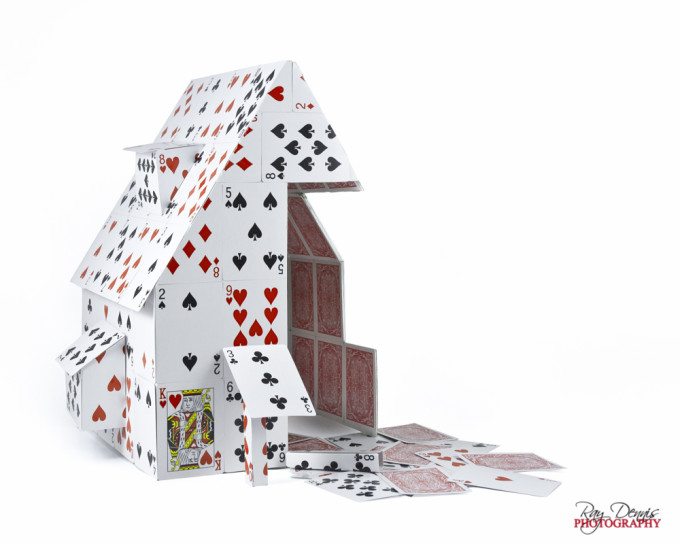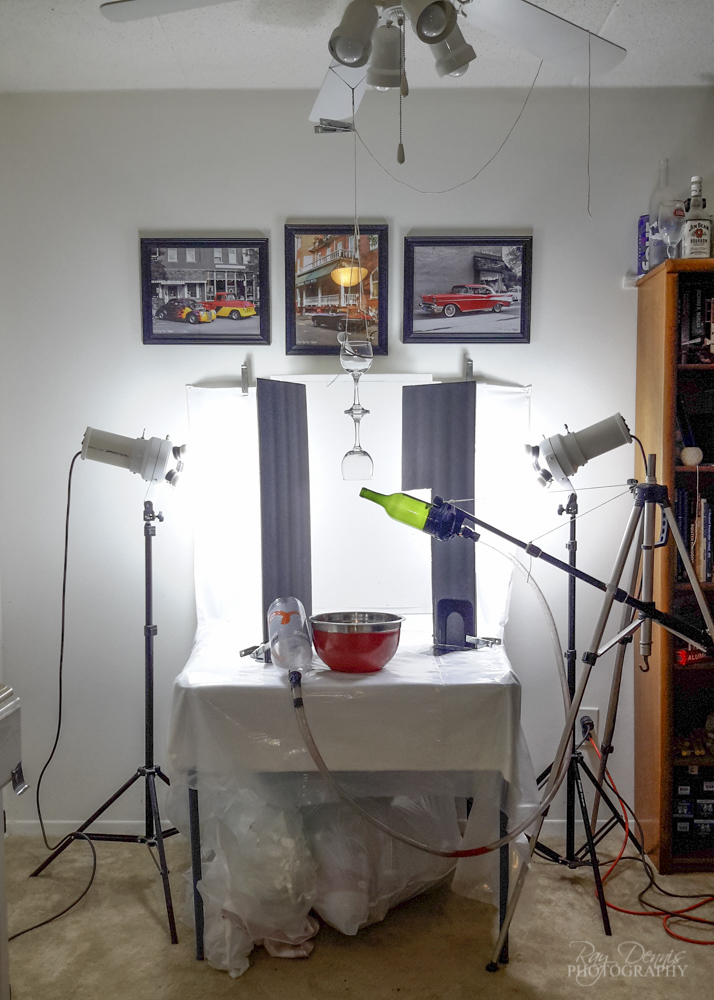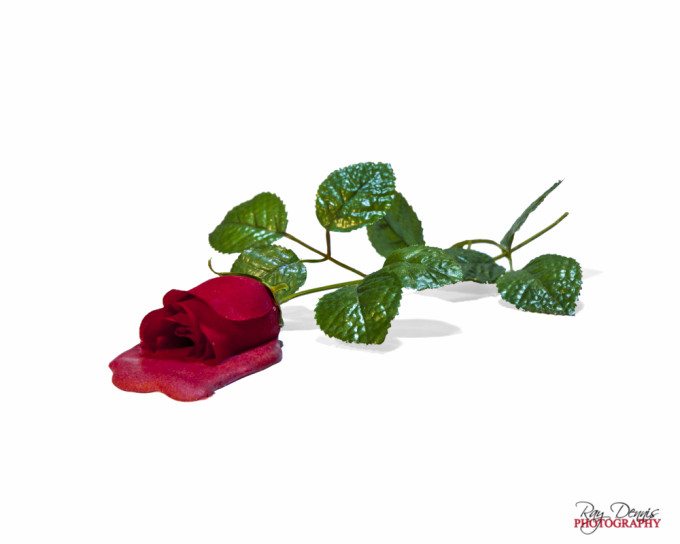Last Updated on 04/15/2015 by Chris Gampat
All images by Ray Dennis. Used with permission.
Photographer Ray Dennis is a 29 year old creative who hails from Ann Arbor Michigan–and who is currently aspiring to own his own real estate photography business. But his beginnings are rooted in photographing car shows for fun. It became more serious and eventually Ray learned more about lighting and conceptual creativity. He came up with ways to create images that look totally surreal and did them without the use of Photoshop. Instead, Ray strived to get it all in the camera.
Phoblographer: Talk to us about how you got into photography.
Ray: I got into photography on a whim when someone suggested I try it. I got a point and shoot in 2005 and a D50 shortly after. I spent those first years mostly doing automotive shoots at car shows for hobby. Now 10 years later I’m working on a real estate photography business and going to school for a degree in photography to fill in the gaps to my self-taught education.
Phoblographer: What attracts you to surreal work?
Ray: Eventually I saw the work of Dave Nitche, and fell in love with it. I realized I had things I wanted to say with my photography and small scale tabletop photos were the perfect way into it. I use the same style of frame with a title on my photos as both a nod to his work and because aesthetically I think it’s the best way to present them. Though the framed and titled versions never seem to go over as well as the plain, to me the titles are as important as the photo. The photos start with the title, an event or idea that I boil down into 3 words or less. Then I add it to my list of ideas and spend months or years playing with the shoot in my head and collecting it’s elements as I find them. I will storyboard them sometimes if the idea doesn’t translate into text well and I want to be sure to remember it over that span of time.
Phoblographer: Where do you get the ideas from for the images? Artists are always trying to express themselves in some way and obviously there had to be reasons why you chose these specifically.
Ray: I don’t usually talk about that. They’re all important life events, self-portraits as much as anything else. But that’s what they mean to me, not necessarily you. So I rather people find their own meanings in them. I hint at a direction with the title, and some of the photos don’t lend themselves to being interpreted in very many ways, but I think they would lose something if I just told people my meaning behind them. I prefer other people tell me what they mean.
Phoblographer: Your coffee image wasn’t photoshopped, but what about the rest? Do you try not to use Photoshop when you can?
Ray: None of my conceptual photos are photoshopped if I can do it in reality instead. I have nothing against PS and use it constantly, but it’s become a personal goal to make these images look photoshopped without having been.
The rose photo was a silk rose that I cut in half vertically and set in a paste of water, flour and red food coloring.
The house of cards was built out of cardboard that had the playing cards glued to it.
For the coffee cup, I first broke the mug… actually I broke a lot of mugs until one broke in a way I liked. Then I used plumbers putty and electrical tape to put it back together. I smeared the inside with Vaseline to help seal it and filled it with a mix of gelatin and browning sauce and put the spoon in. Once it had hardened removed the gelatin from the mug and ran it under hot water to make the gelatin surfaces smooth and glassy. Then I untapped the mug and set up the shot.
The wine glass is actually shot upside down. I glued 2 wine glasses bottom to bottom and hug them from the ceiling. The second glass ends up looking like the reflection of the first whereas had I used only one glass I would have had to glue it to an upside down reflective panel to get the same effect. Because the glass is upside down, the wine bottle needs to be angled upward, so that when flipped it would be tilted down. So I broke the bottom off of the wine glass and taped a hose into it. I ran the hose to a funnel that was higher than the bottle so that gravity would force the liquid out of the upturned bottle. Then I flipped the whole thing 180 degrees in post.
For the domino photo I drilled and inserted sharpened pieces of wire into each domino, then put a sheet of Styrofoam under the seamless paper. It let me position the first dominoes mid-fall and kept the others from falling while I worked. I melted hot glue in a spoon and poured it over the first domino to make the puddle. To paint it I dripped different colors of nail polish into a bowl of water, they form a skin on top of the water that I used a toothpick to swirl and then dipped the hardened hot glue shape into the paint skin. The drip on the tip of the dropper is more hot glue, dripped into cold water to harden it in a drip shape, I used that to plug the dropper and filled it with water. Then just used scaffolding to suspend the mannequin hand out of frame and let it hold the dropper.
“Eulogy” and “Death of a Dream” are nothing fancy, just red food coloring and corn syrup for one, and a rod of red lampmakers glass broken with a hammer for the other.
Phoblographer: Talk to us about the gear and lighting that you use. Your lighting seems very specific to white backgrounds.
Ray: My gear, right now I’m shooting with a D7000 and mostly an 18-70mm or 50mm. I use a pair of 500watt continuous lights that I made, you can see them here. You can also use those for an article if you want. Along with a handful of work lights for spot lighting. Lighting is my weak point though and I tend to set the photo up and spend a few days playing with lighting arrangements until I get a shot that I like. My use of white backgrounds started out as just a minimalist way to keep the focus on the subject, no superfluous details to distract people. Then I just sort of stuck with it for continuity. That decision really doesn’t do me any favors since a lot of my elements are either white or glass and much harder to light on a white background. But it’s more gratifying when I finally get the shot.
Phoblographer: What are you trying to do with this series? A book? A gallery?
Ray: I really don’t know. I do them for me and am working on filling out the wall they hang on, but never expected them to be anything more than that. If they end up in a book or gallery… or Phoblographer article, I’m flattered. In the long run I have a handful of ideas I’d like to shoot in a full studio using human models and large scale setups.


